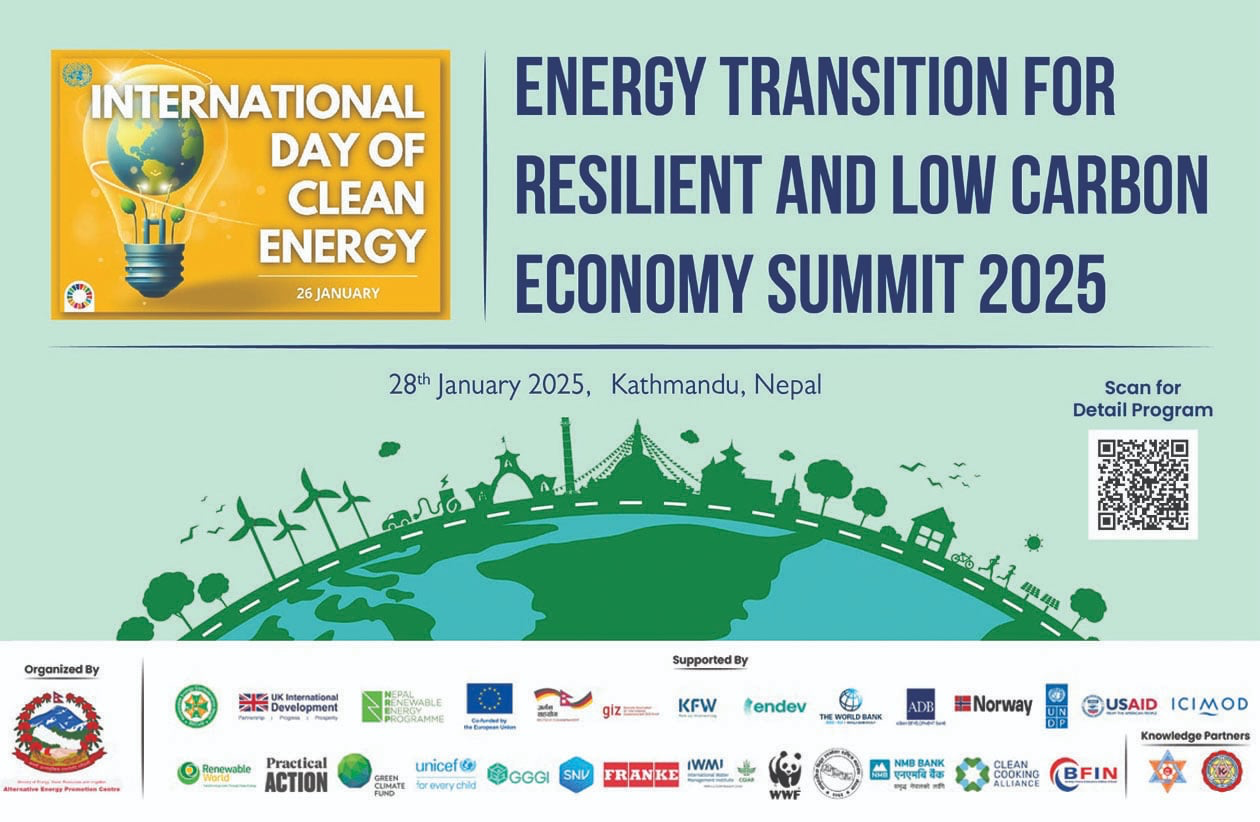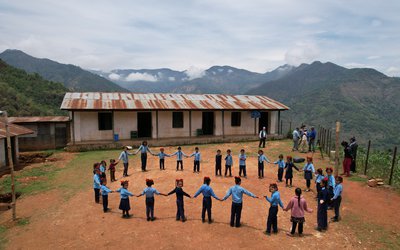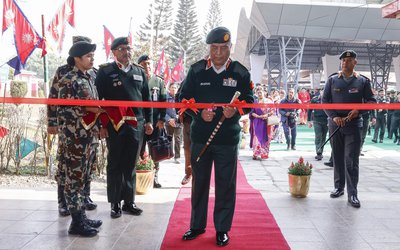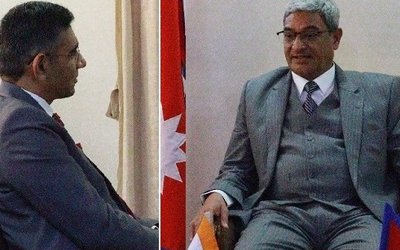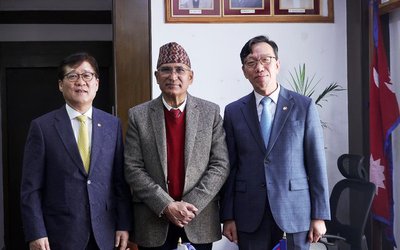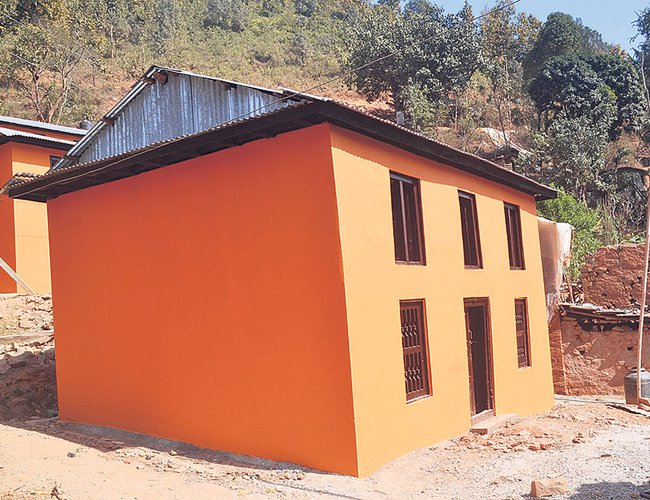
In the course of building new house, many earthquake victims in Sindhupalchowk have been indebted. Most of these victims claim that the grant provided by the government was too less to erect new house or repair the old one. Most of the locals were skeptical about retrofitting, when it was proposed earlier. However, now they seem to have understood its effectiveness and economic efficiency.
“There are many houses around here which are badly damaged. People have not been able to build new nor repair the old one. The reconstruction process is slow and it is going to take long time to get things into shape,” noted Nikesh Maharjan, an engineer with the World Vision International, who has specialization in retrofitting. “But as retrofitting is very economic and quite effective, this could help a great deal in expediting the reconstruction process. Unlike in the past, now people are able to understand its benefits,” he added.
According to Maharjan, the concept of retrofitting had not impressed the quake victims when they were initially approached with the concept. They aspired to building entirely new house instead of retrofitting the old ones. “They felt that retrofitting is going to cost them even more in the long-term arguing that a retrofitted house would not last long.
They had pinned much hope on the government for assistance. “Since the reconstruction process continued to lengthen, earthquake victims are gradually opening for other options, including retrofitting. Most of them are now considering retrofitting as a great option to strengthen their houses,” he stated. He added that along with concrete houses, earthquake victims are listing the mud-stone house as well for retrofitting.
Maharjan stated that the National Reconstruction Authority (NRA) has certified retrofit designs prepared through the involvement of retrofitting experts including some professors from the Pulchowk Engineering Campus. The designs were framed and finalized after doing all the necessary homework, he said.
Along with that the house is given extra strength by adding additional pillars wherever necessary,” he said while attempting to explain the difference between repairing and retrofitting.
Retrofitting of damaged houses is now going on fast pace in the district and spreading to other quake hit districts too, Maharjan said. “In our first stage we introduced the technology in Sindhupalchowk. It has been received well here and now we are expanding the service to Kavre, Dhading and Makwanpur, among other districts,” he said.
The program is working as joint initiative between the concerned local authority, World Vision International, Pulchowk Engineering Campus and Gramin Nepal Kalyan Sangh. The biggest benefit of the retrofitting technology is that even poor earthquake victims, who cannot afford to build a new house, could get better house to live in just by retrofitting their old houses.
“The government provides very little amount for constructing new home and these funds too do not come on time. In such situation, people take loan and are forced to pay interests for a long time. Retrofitting is very economic and is therefore a boon especially for poor households,” he stated.
Apart from being cost and time efficient, another advantage of retrofitting is the conservation of traditional designs. When a structure is retrofitted instead of being reconstructed, their original design is saved. “As the structure remains intact, and becomes even stronger, retrofitting is a great option when it comes to preserving the originality of structures,” said Maharjan.
In Sagachowk of Sindhupalchowk, 35 mud houses are being retrofitted in three villages as part of the project’s first phase. “Of them 16 have completely been retrofitted, others are in the final stage of completion,” Maharjan informed.
During retrofitting, as far as possible, doors, windows, ladders, ceiling of the house is not replaced and outer structure is kept intact. But from inside, houses are made stronger as well as earthquake resistant, he further added.
National Reconstruction Authority provides Rs 100,000 to victims under ‘Retrofitting cost’. For fully damaged house, victim gets Rs 300,000 in three installments.
Source: My Republica- Weather Forecast: Generally Fair In Kathmandu And Other Parts Of Nepal
- Jan 31, 2025
- Public Holiday Today In Nepal To Celebrate Sonam Lhosar
- Jan 30, 2025
- Japanese Embassy In Nepal To Organize Japanese Film Festival 2025
- Jan 29, 2025
- Manisha Koirala Appointed Goodwill Ambassador for HPV Vaccination Campaign
- Jan 29, 2025
- Nepal Army Organized A Photo exhibition at NA Headquarters
- Jan 29, 2025
